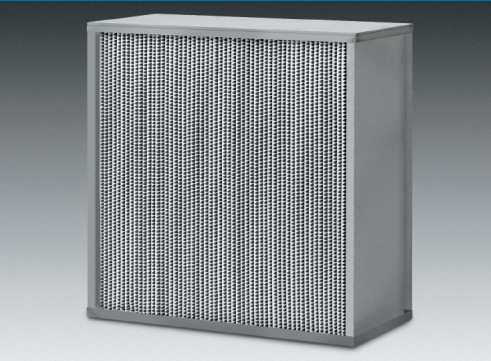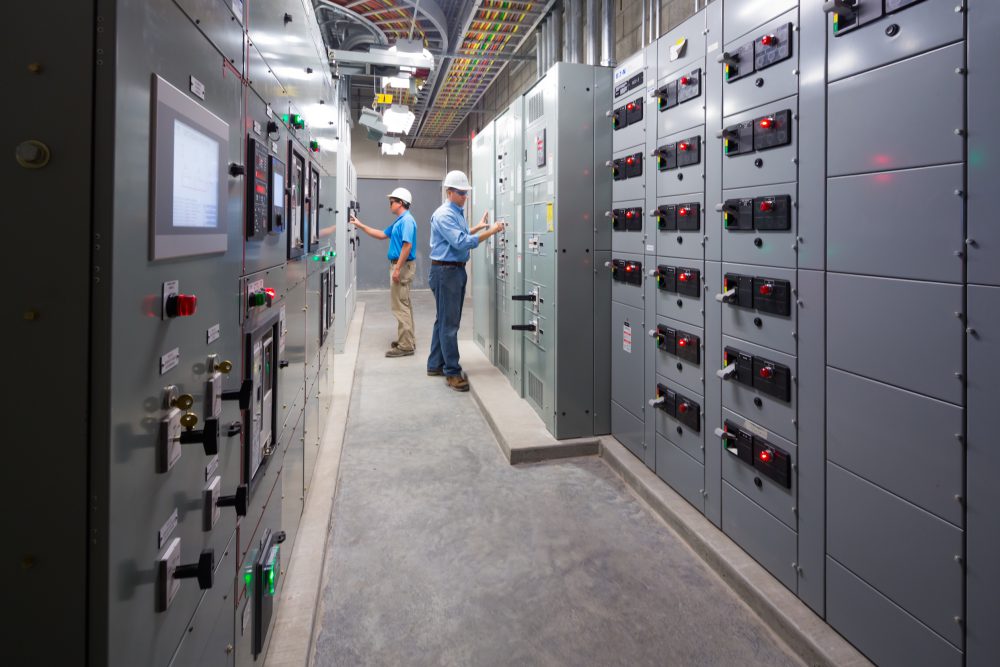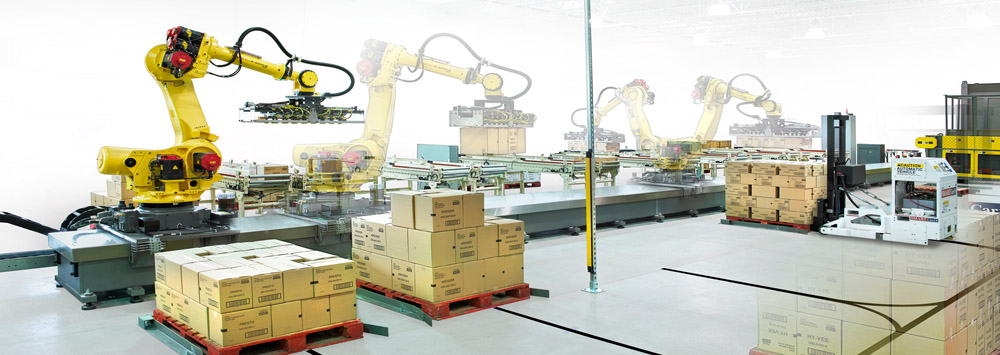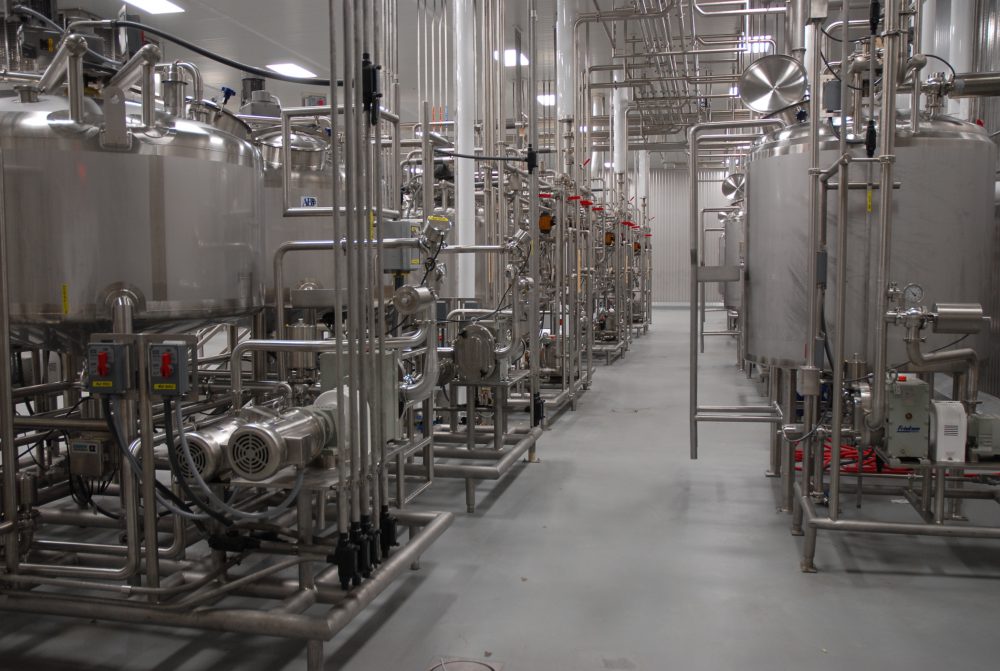Are HEPA Filters the Most Valuable Choice for Your Plant?
Because billions of particles lace unconditioned air with dust, dirt, bacteria and pathogens, your plant’s air filters are crucial to preventing contamination and ensuring food safety. But when it comes to filtration, more isn’t necessarily better. This is especially true with high-efficiency particulate air (HEPA) filters. While HEPA filters may be a necessity for some plant environments, they could be expensive overkill for others.
Continue Reading “Are HEPA Filters the Most Valuable Choice for Your Plant?”










